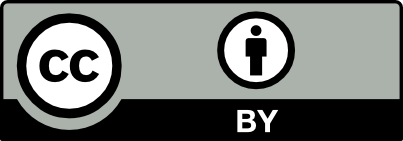Submissions
Submission Preparation Checklist
All submissions must meet the following requirements.
- This submission meets the requirements outlined in the Author Guidelines.
- This submission has not been previously published, nor is it before another journal for consideration.
- All references have been checked for accuracy and completeness.
- All tables and figures have been numbered and labeled.
- Permission has been obtained to publish all photos, datasets and other material provided with this submission.
Debate
Discussion about a relevant topic that expresses the position an invited author and that can be confronted or complemented by one or more texts with equal or different point of views (maximum 7,000 words and 5 illustrations).
Original Article
Result of empirical, experimental or conceptual research on a given topic (maximum 7,000 words and 5 illustrations).
Review Article
Critical literature review about topics relevant to sanitary surveillance with description of methods and procedures (maximum of 7,000 words and 5 illustrations).
Experience report
Presentation of a certain practical activity or laboratory experience that occurs during the implementation of a program, project or problematic situation, without the objective of testing hypotheses. It must be based on a theoretical contribution (maximum of 3,500 words and 3 illustrations).
Short communication
Includes preliminary research results, or results of original studies that can be presented succinctly (maximum of 1,700 words and 3 illustrations).
Synopsis
Critical review of a book published in the last two years linked to sanitary surveillance and related disciplines (maximum of 1,200 words).
Letter
Comment on the previous edition (maximum of 1,200 words).
Copyright Notice
COPYRIGHT ALLOWANCE The author (s) hereinafter designated as the ASSIGNOR hereby assign and transfer, free of charge, the ownership of the copyrights related to this ARTICLE to the Journal of Health Surveillance in Debate - Society, (hereinafter referred to as ASSIGNEE), under the conditions set out below: (a) The terms and conditions set forth in this Agreement shall apply to the following: 1. The ASSIGNOR declares that they s(he) is (are) the author (s) and owner (s) of the copyrighted property of the ARTICLE submitted. 2. The ASSIGNOR declares that the ARTICLE does not infringe the copyrights and / or other property rights of third parties, that the disclosure of images (if any) has been authorized and that they s(he) assume(s) full moral and / or property liability for its content, before third parties. 3. THE ASSIGNOR assigns and transfers all copyrights relating to the ARTICLE to the ASSIGNEE, especially the rights of editing, publication, translation into another language and reproduction by any process or technique. The ASSIGNEE becomes the exclusive owner of the rights related to the ARTICLE, and any reproduction, totally or partially, is prohibited in any other means of publicity, printed or electronic, without prior written authorization from the ASSIGNEE. 4. The assignment is free and, therefore, there will be no remuneration for the use of the ARTICLE by the ASSIGNEE.
Privacy Statement
The names and email addresses entered in this journal site will be used exclusively for the stated purposes of this journal and will not be made available for any other purpose or to any other party.






